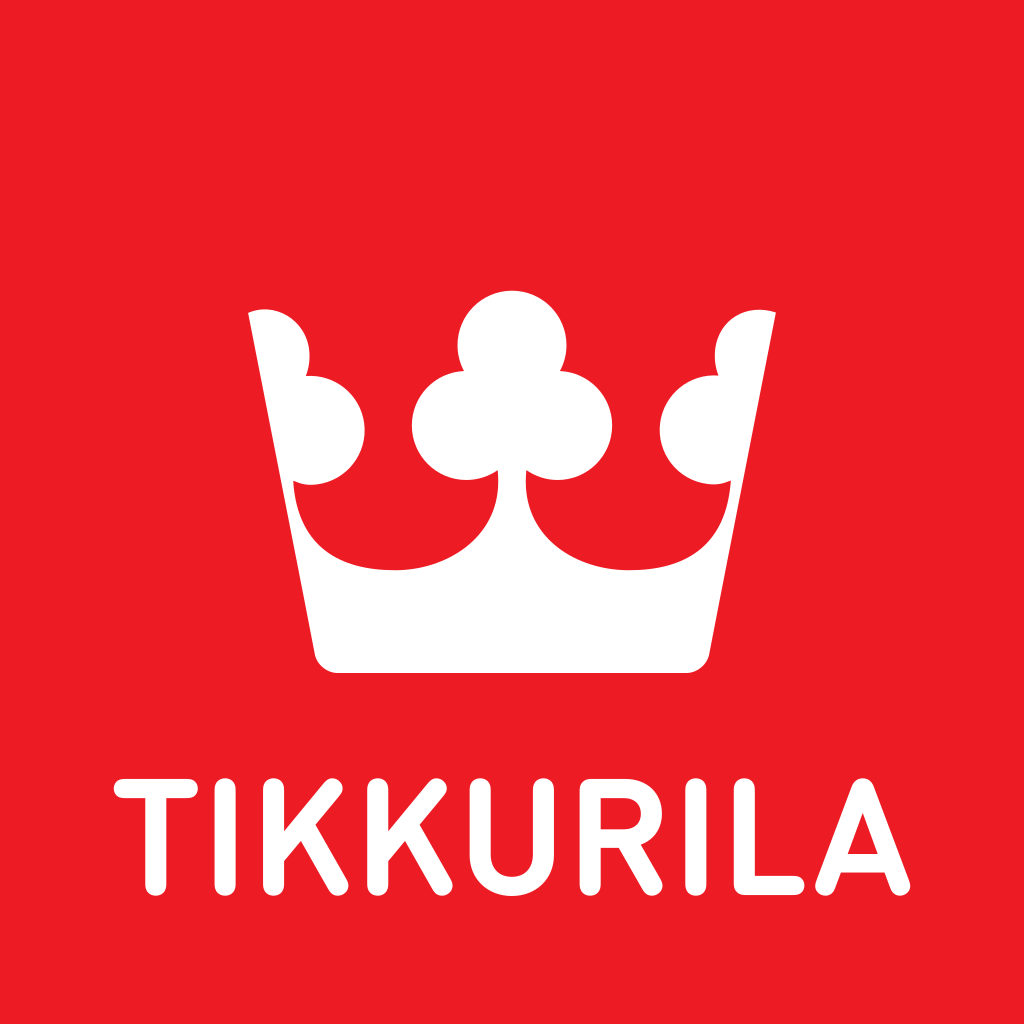Data fabric, as a comprehensive architecture utilized in integrations, connects various data pipelines and cloud environments through its means of intelligent automation and virtualization of data layers. This weaves a new fabric of crucial datasets otherwise impossible to utilize or access. Modern enter-prises benefit from data fabric ecosystems in numerous ways, empowering their decision-making, inno-vation, cybersecurity, and agility.
Highlights
Data fabric definition
At its core, data fabric is a dynamic framework designed to seamlessly connect disparate data sources and cloud platforms. It acts as a conductor orchestrating the flow of data across diverse sources, including databases, applications, IoT devices, and cloud platforms, resulting in a comprehensive, integrated, and abstracted data fabric architecture. Its orchestration ensures that data moves seamlessly and efficiently throughout the enterprise, promoting accessibility, reliability, and security. Beyond connectivity, data fabrics empower organizations with real-time insights and analysis capabilities, enabling them to extract actionable intelligence from their data in an instant.
What is data fabric architecture
Given the increasing adoption of hybrid and multi-cloud strategies, data fabric architecture enables seamless integration and management of data across diverse cloud environments and on-premises infrastructure. This involves interoperability between cloud services, data replication, and synchronization capabilities to ensure data consistency and availability across the hybrid landscape. By harmonizing various data sources and platforms, data fabric architecture lays the foundation for agile decision-making, innovative data-driven strategies, and overall business growth.
Main data fabric examples, benefits, and use cases
Among the many advantages of data fabric lies the ability to streamline data management, optimize operational efficiency, reduce time-to-insight, mitigate risks, and capitalize on new business opportunities. Data fabric benefits include improved accessibility, quality, and consistency of data, breaking down silos, centralized data management, and built-in data governance features. For enterprises, this translates into swift adaptation to market dynamics through agile data integration and analytics capabilities, promoting innovation and competitiveness. Moreover, data fabric enables cost optimization by optimizing data storage, processing, and management, reducing expenses related to infrastructure maintenance and inefficiencies.
As the innovative field of modern data management continues to evolve, data fabric becomes a versatile and applicable technology that finds its footing in a myriad of use cases across industries. Real-life data fabric examples include analytics for actionable insights, unified customer views enhancing marketing and service delivery, supply chain optimization for more efficient operations, fraud detection and prevention in real-time, and IoT data management for scalable sensor data analysis.
Key components of data fabric
Data integration layer
The data integration layer serves as the backbone of the data fabric technology, facilitating the ingestion and integration of data from various sources, including databases, applications, IoT devices, and cloud platforms. It encompasses technologies such as extract, transform, load (ETL) processes, data connectors, and APIs to ensure interoperability and data consistency.Data virtualization
Data virtualization technology plays a crucial role in data fabric architecture by abstracting data from underlying sources and presenting it in a unified view, regardless of its location or format. This enables users to access and query data in real-time without the need for physical data movement or replication.Scalability and elasticity
Data fabric architecture is designed to be highly scalable and elastic, allowing businesses to seamlessly scale their infrastructure up or down based on their changing needs and data vol-umes. This ensures optimal performance and resource utilization.Data governance and security
Robust governance and security mechanisms are essential components of data fabric architec-ture, including access controls, encryption, data masking, audit trails, and policy enforcement capabilities. These features help safeguard sensitive information and mitigate risks associated with data breaches or unauthorized access.Metadata management
Metadata management is crucial for maintaining a comprehensive understanding of data as-sets within the fabric. It involves capturing and cataloging metadata attributes such as data lin-eage, quality, semantics, and usage to facilitate data discovery, lineage tracking, and impact analysis across the enterprise.Analytics and insights
Data fabric architecture enables organizations to derive actionable insights from data through advanced analytics and visualization tools. This includes support for batch and streaming ana-lytics, machine learning algorithms, predictive modeling, and interactive dashboards to enable agility, innovation, and real-time data-driven decision-making.Five steps to implementing data fabric
At Multishoring, our team of experts works closely with clients to examine existing data challenges and outline business objectives. Next, drawing on our extensive expertise in IBM data fabrics, we guide clients through the seamless implementation process. Our robust approach encompasses these five key steps to implementing data fabric based on the best IBM data fabric solutions:
-
1. Expert Assessment
Thorough evaluations are conducted to identify key data sources, existing challenges, and strategic objectives, laying the groundwork for developing a tailored data fabric solution aligned with organizational goals and requirements.
-
2. Collaborative Design
A scalable, flexible, and resilient data fabric architecture is designed to address clients’ specific needs and seamlessly integrate with existing systems and processes. This includes defining data workflows, establishing governance policies, and selecting suitable technologies and tools for implementation.
-
3. Efficient Deployment
Deployment and configuration of necessary infrastructure and software components are carried out to minimize disruptions to business operations and maximize the value of the data fabric solution.
-
4. Comprehensive training:
Tailored training and support are provided to empower clients to effectively utilize and manage the full capabilities of their data fabric solution.
-
5. Monitoring and optimization
Proactive monitoring of system performance, identification of improvement areas, and implementation of optimizations ensure ongoing efficiency and effectiveness.
The Future Trends in Data Fabric Technology
Looking ahead, the future of data fabric looks promising. It’s poised to embrace emerging trends such as AI, machine learning, real-time hybrid and multi-cloud data management, as well as blockchain, edge computing, and IoT integrations. Additionally, there is a current developmental focus on easing user experience for non-IT professionals.
Integration of AI, machine learning, and deep learning
One significant trend is the integration of AI, machine learning, and deep learning into data fabric systems. These advanced technologies will enable data fabrics to automate complex tasks, uncover valuable insights from vast datasets, and enhance decision-making processes.
Real-time hybrid and multi-cloud data management
With the increasing adoption of hybrid and multi-cloud architectures, data fabric technology needs to support seamless data integration and management across diverse multi-cloud environments in real-time. This capability will enhance the agility and scalability of cloud computing while ensuring data consistency and availability.
Blockchain for data trust and security
Blockchain technology is expected to play a crucial role in data fabric technology, particularly in enhancing data trust and security. By leveraging blockchain for data provenance, authentication, and encryption, data fabrics can ensure the integrity and confidentiality of sensitive data, bolstering trust among stakeholders and mitigating security risks.
Edge computing and IoT integrations
The convergence of edge computing and IoT integrations will definitely influence the future of data fabric technology. To capture and process data in real-time, data fabric systems need to support efficient data aggregation, analysis, and synchronization across distributed edge networks of IoT devices.
Focus on self-service and data fabric user experience
Simplifying data fabric interfaces and tools will empower non-IT professionals to access, analyze, and derive insights from data more efficiently, democratizing data access and driving innovation across organizations.
To conclude — final thoughts on data fabrics
Data fabric technology revolutionizes how enterprises manage and utilize their data assets, unveiling its many benefits. By seamlessly integrating disparate data sources and cloud platforms, data fabric architectures empower organizations to enhance decision-making, drive innovation, and secure their competitive advantage. Looking ahead, it’s evident that the evolution of data fabric technology will continue to accelerate, fueled by emerging trends such as AI, machine learning, blockchain, and IoT integrations.
As data continues to proliferate and businesses navigate the complexities of the digital era’s rapid pace and escalating data volumes, IBM data fabric emerges as a ready-made solution to unlock the full potential of data assets. By embracing data fabrics, organizations can seize new opportunities for growth and align with a data-driven culture.
Our Data Fabric and Integration Services Tailored for Your Enterprise. We’re here to answer your call for the perfect data fabric partner.
Our dedicated team of experts remains at the forefront of technological advancements, ensuring seamless integration and maximizing the potential of data fabric technology. Whether you’re streamlining data management processes, optimizing operational efficiency, or harnessing the power of emerging technologies, our data fabric solutions offer versatile and robust frameworks designed to meet your unique business requirements.
We understand the importance of choosing the ideal partner to expertly leverage the full potential of data fabric technology. Drawing from our extensive background and global talent pool, we tailor solutions precisely to meet your needs and demands. Our approach involves meticulous research, thorough assessment and audits of your IT systems, and strategic guidance to ensure a seamless and successful implementation aligned with your objectives.
Operating within our Smart IT Delivery model, we seamlessly assist you in unlocking new opportunities for growth and innovation by utilizing our scalable integration services and professional data fabric solutions. Hire us and take the first step towards transforming your enterprise with cutting-edge technologies scalable on-demand.
Let's talk about your IT needs

Let me be your single point of contact and lead you through the cooperation process.
Choose your conversation starter
Signed, sealed, delivered!
Await our messenger pigeon with possible dates for the meet-up.






